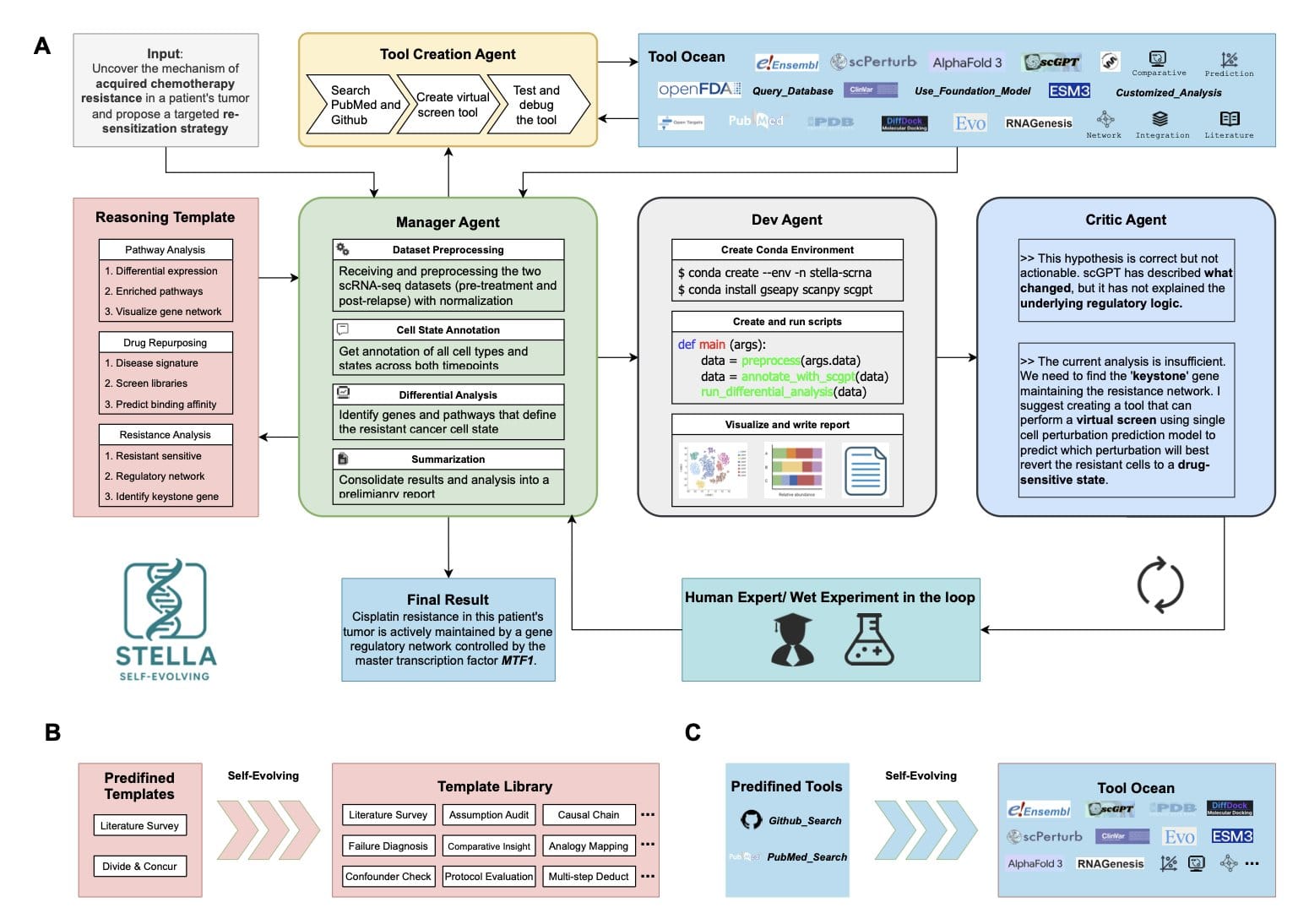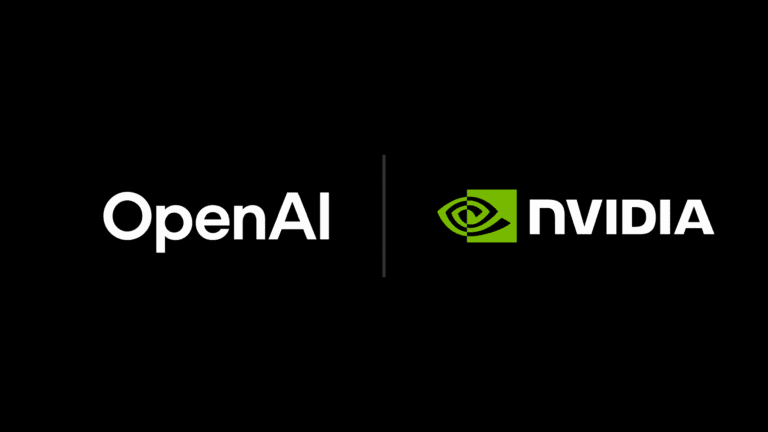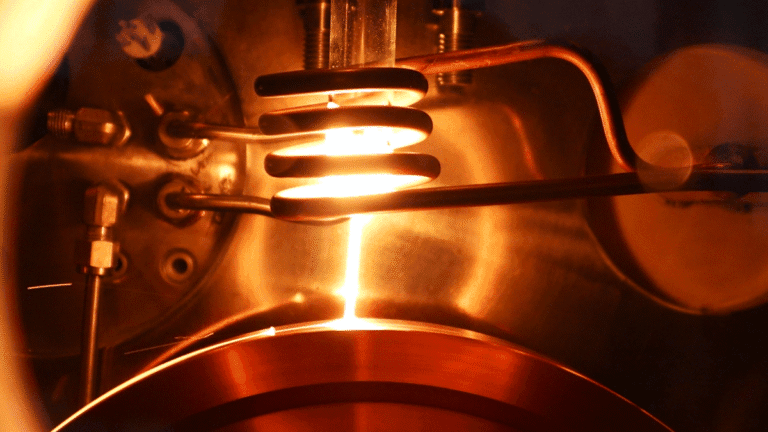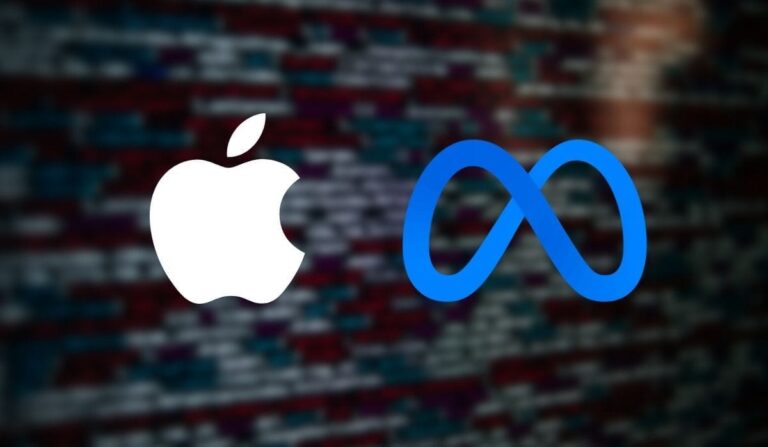
I. Introduction: Revolutionizing Biomedical Discovery with AI
The landscape of biomedical research is a vast and ever-expanding frontier, characterized by an explosion of data, sophisticated tools, and an overwhelming volume of scientific literature. This rapid growth, while promising, has simultaneously created a fragmented research environment that often outpaces the capacity of human expertise to synthesize, analyze, and innovate effectively. Researchers are constantly challenged to keep pace with new discoveries, integrate diverse datasets, and navigate complex experimental methodologies. In this intricate and demanding environment, the emergence of artificial intelligence (AI) offers a transformative solution. However, traditional AI agents typically operate with static, pre-defined toolsets and knowledge bases, limiting their adaptability and scalability in the face of dynamic scientific challenges.
Breaking through these limitations, a groundbreaking innovation has arrived: STELLA: Self-Evolving LLM Agent for Biomedical Research. STELLA is not just another AI tool; it represents a paradigm shift in how AI can contribute to scientific discovery. Designed with an unprecedented capacity for autonomous learning and adaptation, STELLA is poised to revolutionize the pace and depth of biomedical research. At its core, STELLA employs a sophisticated multi-agent architecture and two pivotal mechanisms—an evolving Template Library for reasoning strategies and a dynamic Tool Ocean that continuously expands its computational capabilities. This article will delve into the intricate workings of STELLA, exploring how its unique design and self-improving capabilities are not only accelerating discovery but also fundamentally reshaping the future of biomedical science.
II. Understanding STELLA’s Core: A Multi-Agent Architecture
At the heart of STELLA’s remarkable capabilities lies its innovative multi-agent architecture. Unlike conventional AI systems that might rely on a single, monolithic AI model, STELLA operates as a collaborative ecosystem of four distinct yet interconnected agents: the Manager, Developer, Critic, and Tool Creator. This distributed intelligence model allows STELLA to tackle complex biomedical problems with a level of sophistication and adaptability that mirrors the collaborative dynamics of a human research team.
The Manager Agent serves as the orchestrator of the entire system. It is responsible for problem decomposition, breaking down large, intricate research questions into smaller, manageable sub-problems. It then assigns these sub-problems to the appropriate agents and oversees the overall research workflow, ensuring that all components are working in synergy towards the ultimate goal. The Manager also synthesizes the findings from various agents, consolidating them into coherent reports and insights.
The Developer Agent is tasked with the practical implementation of research strategies and solutions. This involves translating the Manager’s directives into actionable steps, writing and executing code, and performing data analysis. The Developer Agent is crucial for the hands-on execution of experiments and the generation of preliminary results within STELLA’s virtual environment.
The Critic Agent plays a vital role in ensuring the quality and validity of STELLA’s research output. It rigorously evaluates the results generated by the Developer Agent, identifying potential flaws, inconsistencies, or areas for improvement. The Critic Agent’s function is analogous to peer review in human scientific research, providing constructive feedback that drives iterative refinement and enhances the robustness of STELLA’s findings. This critical feedback loop is essential for STELLA’s self-improvement mechanism.
Finally, the Tool Creator Agent is perhaps one of the most revolutionary components of STELLA. In traditional AI systems, the available tools are often static and pre-programmed. However, the Tool Creator Agent autonomously identifies the need for new bioinformatics tools, discovers existing ones, or even develops novel tools from scratch. It then seamlessly integrates these new tools into STELLA’s operational framework, continuously expanding the system’s computational capabilities and ensuring it remains at the cutting edge of biomedical research. This dynamic expansion of its toolset is a cornerstone of STELLA’s self-evolving nature, allowing it to adapt to emerging research challenges and leverage the latest advancements in bioinformatics [1].
This multi-agent framework provides STELLA with a robust and flexible operational structure, enabling it to not only process vast amounts of information but also to reason, experiment, and critically evaluate its own progress, much like a highly efficient and self-improving human research collective.
III. The Power of Self-Evolution: Key Mechanisms
STELLA’s ability to learn and grow autonomously is what truly sets it apart from other AI agents. This self-evolution is driven by two core mechanisms that work in tandem to continuously enhance its reasoning abilities and computational toolkit: the Evolving Template Library and the Dynamic Tool Ocean.
Evolving Template Library: Learning from Experience
The Evolving Template Library is a dynamic repository of reasoning strategies that STELLA has found to be successful in solving biomedical problems. Think of it as STELLA’s long-term memory, where it stores and refines its problem-solving approaches. When faced with a new challenge, STELLA can draw upon this library to find a relevant template, adapting it to the specific context of the current task. This process is far more efficient than starting from scratch each time. As STELLA successfully completes more tasks, it continuously updates and expands its Template Library, creating a virtuous cycle of learning and improvement. This allows STELLA to generalize its knowledge from previous experiences and apply it to novel problems, becoming more efficient and effective over time.
Dynamic Tool Ocean: An Ever-Expanding Toolkit
The Dynamic Tool Ocean is STELLA’s answer to the limitations of static, hand-curated toolsets. In the rapidly advancing field of biomedical research, new bioinformatics tools and databases are constantly being developed. The Dynamic Tool Ocean is an ever-expanding collection of these resources, curated and integrated by the Tool Creator Agent. This agent proactively scours the internet for new tools, assesses their relevance and utility, and then seamlessly integrates them into STELLA’s workflow. This means that STELLA’s capabilities are not fixed; they grow and evolve in real-time, keeping pace with the latest scientific advancements. This dynamic approach to tool management ensures that STELLA always has access to the most powerful and up-to-date computational resources, enabling it to tackle a wider range of research questions with greater precision and efficiency [1].
IV. Unprecedented Performance in Biomedical Benchmarks
STELLA’s innovative architecture and self-evolving mechanisms are not merely theoretical advantages; they translate into tangible, state-of-the-art performance across a suite of challenging biomedical benchmarks. These benchmarks are designed to rigorously test an AI agent’s ability to understand complex biomedical concepts, reason through scientific problems, and extract critical information from vast datasets.
One of the most compelling demonstrations of STELLA’s capabilities comes from its performance on Humanity’s Last Exam: Biomedicine. This benchmark is renowned for its difficulty, designed to assess a comprehensive understanding of biomedical science. STELLA achieved approximately 26% accuracy on this exam, a significant feat given the complexity of the subject matter. Even more impressively, the research indicates that STELLA’s accuracy on this benchmark almost doubles with increased trials, showcasing its remarkable ability to learn and improve with experience [1]. This iterative self-improvement is a testament to the effectiveness of its evolving Template Library and dynamic Tool Ocean.
Beyond comprehensive understanding, STELLA also excels in specific biomedical tasks. On LAB-Bench: DBQA (Database Question Answering), STELLA scored 54%, demonstrating its proficiency in extracting precise answers from structured biomedical databases. Similarly, in LAB-Bench: LitQA (Literature Question Answering), which requires understanding and synthesizing information from scientific literature, STELLA achieved 63% accuracy. These results highlight STELLA’s ability to navigate and comprehend both structured and unstructured biomedical information with high fidelity.
Crucially, STELLA consistently outperforms leading models by up to 6 percentage points across these benchmarks [1]. This superior performance underscores the effectiveness of its multi-agent architecture and self-evolving capabilities. The systematic improvement observed with increased experience further solidifies STELLA’s position as a truly adaptive and intelligent agent, capable of continuously refining its expertise and pushing the boundaries of AI in biomedical research.
V. Implications and the Future of Biomedical Research
STELLA represents more than just an incremental improvement in AI; it signifies a profound shift in how scientific discovery can be conducted. The implications of a self-evolving AI agent like STELLA for biomedical research are vast and far-reaching, promising to accelerate progress in numerous critical areas.
One of the most immediate impacts will be on drug discovery and development. The process of identifying new drug candidates, understanding their mechanisms of action, and testing their efficacy is notoriously time-consuming and expensive. STELLA, with its ability to rapidly analyze vast datasets, integrate new bioinformatics tools, and autonomously refine its reasoning strategies, can significantly streamline these processes. It can identify novel therapeutic targets, predict drug interactions, and even design new molecules with unprecedented speed and accuracy, potentially bringing life-saving treatments to patients much faster.
Furthermore, STELLA can deepen our understanding of complex diseases. Many diseases, such as cancer, Alzheimer’s, and autoimmune disorders, involve intricate biological pathways and genetic interactions that are difficult for human researchers to fully grasp. STELLA’s capacity to process and synthesize information from diverse sources—genomic data, proteomic data, clinical records, and scientific literature—can uncover hidden patterns and relationships, leading to new insights into disease mechanisms, progression, and potential interventions. This could pave the way for more effective diagnostic tools and personalized treatment strategies.
The fragmented nature of the current biomedical research landscape, where data and knowledge are often siloed, is a significant barrier to progress. STELLA, by its very design, addresses this challenge. Its Dynamic Tool Ocean and Evolving Template Library allow it to bridge disparate information sources and integrate new methodologies, creating a more unified and efficient research ecosystem. This capability is crucial for tackling interdisciplinary problems that require expertise from various scientific domains.
Ultimately, STELLA embodies the potential for AI agents to move beyond mere data processing and become true partners in scientific inquiry. Its ability to learn, adapt, and grow autonomously means that it can continuously expand its expertise, taking on increasingly complex research challenges. This future envisions a symbiotic relationship between human scientists and self-evolving AI, where the AI handles the immense computational and analytical burdens, freeing human researchers to focus on high-level conceptualization, experimental design, and ethical considerations. The advent of STELLA marks a significant step towards a future where AI actively contributes to the generation of new scientific knowledge, accelerating the pace of biomedical discovery to unprecedented levels.
VI. Conclusion: STELLA – A Leap Forward for AI in Science
In conclusion, STELLA: Self-Evolving LLM Agent for Biomedical Research stands as a monumental achievement in the realm of artificial intelligence and its application to scientific discovery. By addressing the inherent limitations of static AI systems, STELLA introduces a dynamic, adaptive, and continuously improving paradigm for AI-driven research. Its multi-agent architecture, coupled with the innovative Evolving Template Library and Dynamic Tool Ocean, empowers STELLA to not only process and analyze vast quantities of biomedical information but also to learn, reason, and autonomously expand its own capabilities.
The impressive performance of STELLA across rigorous biomedical benchmarks, particularly its ability to systematically improve with experience, underscores its transformative potential. It is a testament to the power of self-evolving AI to accelerate our understanding of complex biological systems, streamline drug discovery, and ultimately, pave the way for a new era of personalized medicine and healthcare breakthroughs. STELLA is not just an agent; it is a harbinger of a future where AI and human ingenuity converge to unlock the deepest mysteries of life and disease, pushing the boundaries of what is possible in biomedical science.
References
[1] Jin, R., Zhang, Z., Wang, M., & Cong, L. (2025). STELLA: Self-Evolving LLM Agent for Biomedical Research. arXiv. https://arxiv.org/abs/2507.02004



